Related Tags
How sustainable is your guitar? Meet the builders leading the way to a more eco-friendly future
The Greta Thunbergs of the guitar world are beginning to make waves with instruments built in unconventional but sustainable ways – here’s why you should care about it too…

Rachel Rosenkrantz holding up her “Mycocaster”, a mycelium and paper guitar. Image: Angela Weiss/AFP via Getty Images
From Greta Thunberg to the Climate Crisis to Extinction Rebellion, over the last five or ten years we’ve all had to become dramatically more aware of our consumption and the impact that it has on our wider world.
From sport to travel to the arts, there’s also been a drive to make the things we love more sustainable in order to make sure these things are still around for the next generation, while everyone from Coldplay and Radiohead to The 1975 and Green Day have declared war on the biggest contributors to global warming, deforestation, oil conglomerates and more.
In the grand scheme of things, the guitar world makes up only a small percentage of the global use of wood, plastic, metal and the other materials required to build an instrument, so you might wonder why it matters how sustainable or environmentally friendly our guitars are?
Well, in a consumption sense guitars might not make much difference, but their wider cultural impact is huge – probably bigger than any piece of flat-pack furniture on the wider popular culture.
This is why back in 2013, Greenpeace’s documentary, Musicwood, attempted to drive home how important it was that the guitar industry began to pay attention to the devastation that using popular yet exotic tonewoods can have on communities and forests alike.
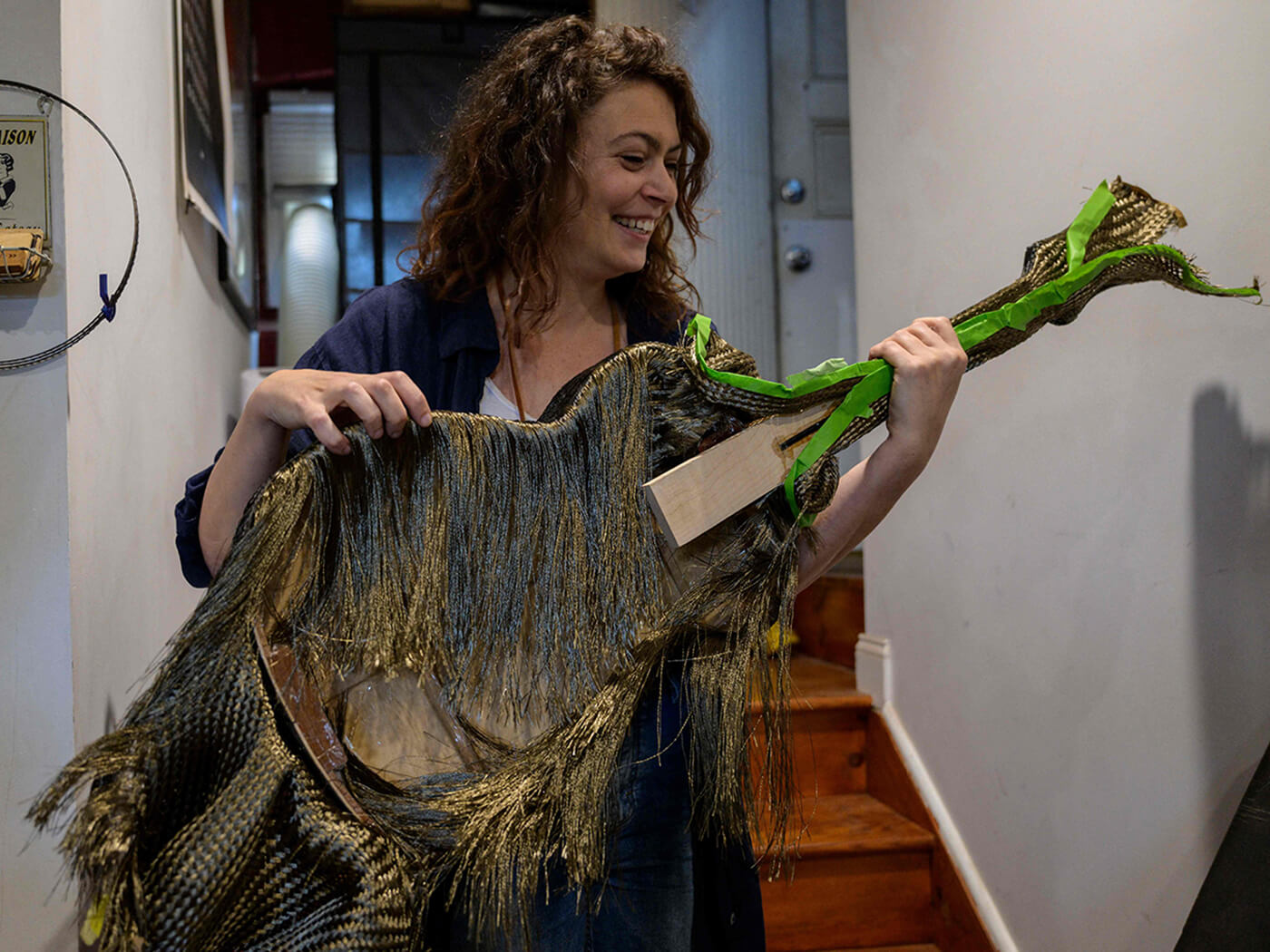
In the ten years since Musicwood, we’ve definitely seen progress – particularly on the acoustic side of things, where big names like Taylor have made conservation and the use of alternative tonewoods like Urban Ash and Koa a key plank of their ongoing strategy, while Martin has started to produce instruments that comply with the Forest Stewardship Council guidelines. Even on the electric side we’ve seen Fender switch from the increasingly difficult to source ash to readily accessible pine.
These are the big guns, but across the globe smaller luthiers are realising that even on a much less grand scale it’s important to drive the change that will stop the woods we have now from becoming endangered. The focus is shifting on not how to build a more sustainable guitar, but what material to build guitars with full stop.
Guitar.com spoke to three of those paving the way in the sustainable guitar world, working with new, old, and sometimes very unconventional materials. This new wave of luthiers may all work differently, but they all have one thing in common: their love for the planet and their aim to conserve it.
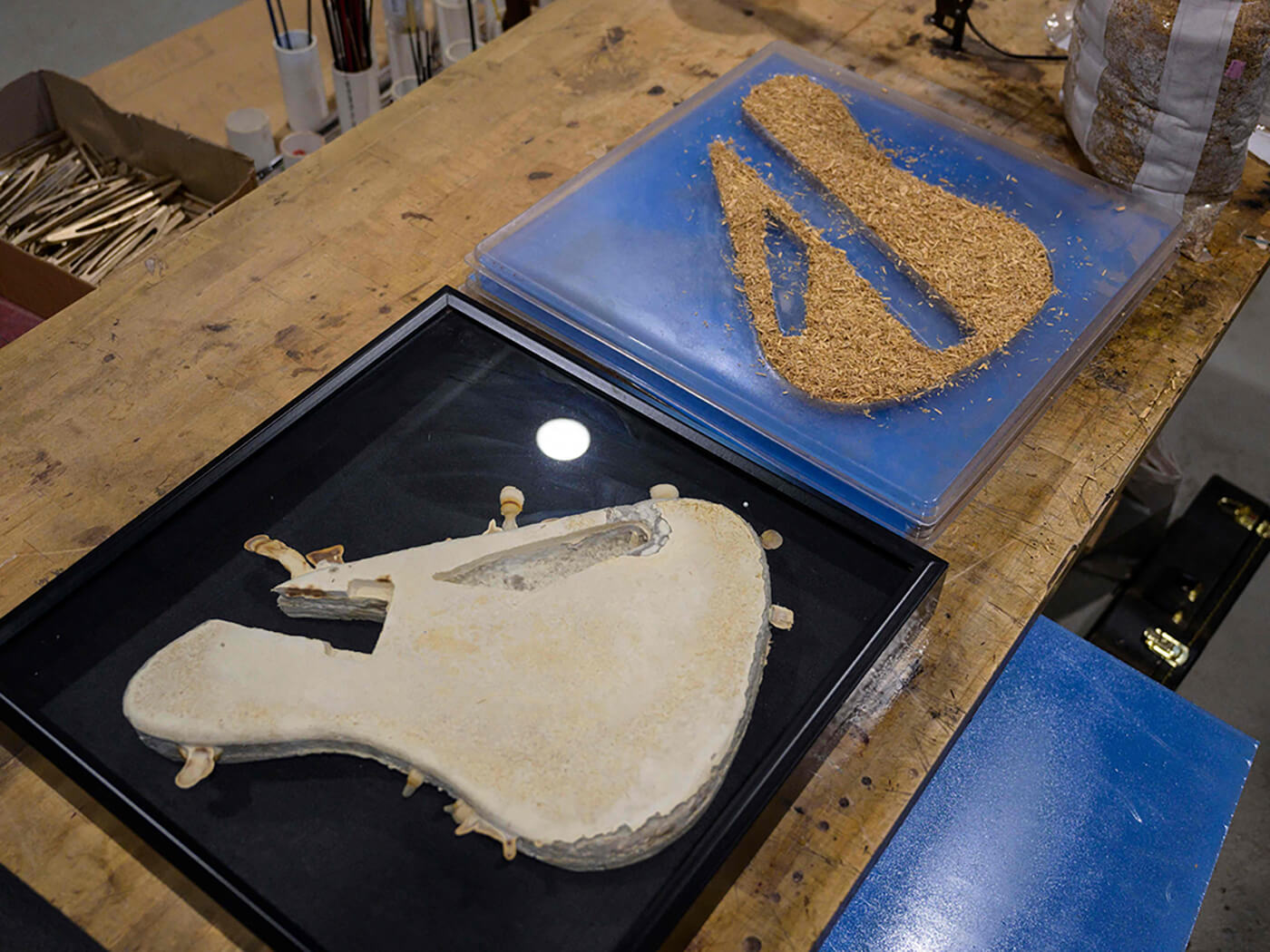
The materials
“People are having to roll up their sleeves and make materials that don’t exist because they have to,” declares French luthier Rachel Rosenkrantz from her Rhode Island studio.
For those interested in guitars made out of unique materials, you may have heard of Rosenkranz after she went viral for her guitar made out of mushroom spores a few years – even the late great Anthony Bourdain stopped by to examine her unique wares in the aftermath. However, as she explains, it was less about making something to shock, and more to make people realise that wood is not the only option.
“Every other year there’s a list that states all the wood that is endangered. The list is longer every time. This year the woods that were not usual suspects made the list, and it was a bit of a wakeup call,” she admits.
“Some luthiers across the US started to use more local woods and discover woods near us that still sound great but don’t take a ship to get here. However, instead of looking at these woods that unfortunately might be endangered one day, I thought – why don’t we look at other things that aren’t wood? There was carbon fibre in the 80s – it wasn’t green, but it wasn’t wood! So what else is out there that can give the trees a break?”

As a luthier, she has used a wide range of materials from kombucha leather, honeycomb, mycelium (the aforementioned root system of a mushroom), and has even explored the use of fish skin, and more recently 3D printing. It’s evident that Rosenkrantz’s ambition is to push the boundaries of music making, and how we understand traditional instruments.
Another company that thought outside of the box and wanted to move away from using wood – sustainable or not – is California based Blackbird, which uses a unique fibre material to build their guitars, but it’s NOT carbon fibre.
“I made the discovery that carbon fibre is worse for the environment than old growth wood,” explains co-founder Joe Luttwak. “We had a team do a lifecycle experiment, and we found out that it is more sustainable to cut down an old rainforest tree, so we decided in that moment to make our own natural fibre. This then started the journey to make Ekoa in 2008, which we completed in 2013 and then launched our first guitar: Klara.”
There are many benefits to carbon fibre, such as the durability, its ability to produce light-weight guitars; not to mention the fact that it isn’t wood. However, as Luttwak explains, the material is not very sustainable as it isn’t biodegradable and cannot be recycled, or melted down. Therefore, their alternative, EKoa, reaps all the benefits of carbon fibre, but doesn’t harm the planet.
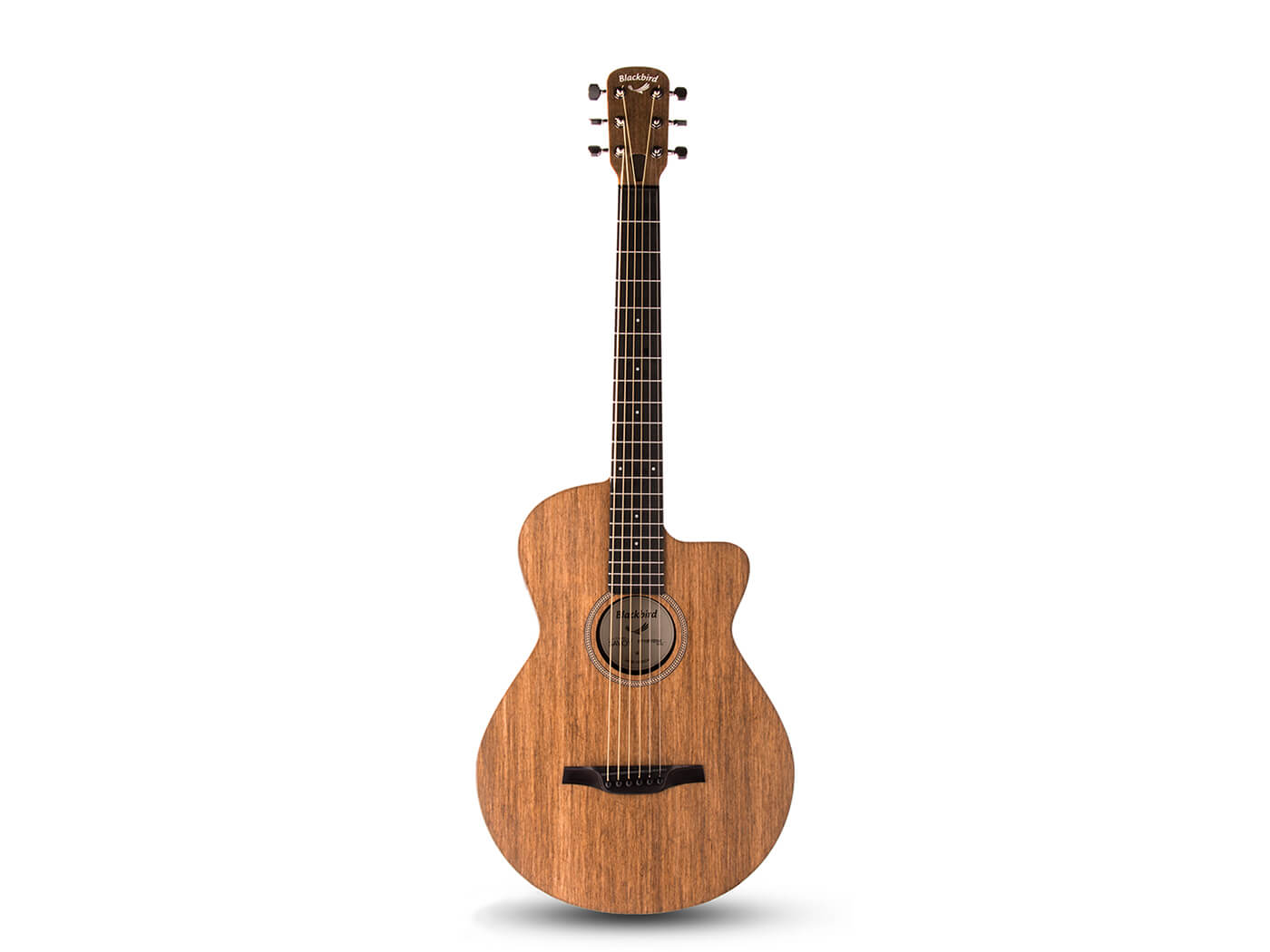
“People always think we’re using wood, or if it’s better than wood, Luttwak continues. “So we explain that it’s got a higher frequency range, a higher frequency response, great timbre. With our natural alternative to carbon fibre and to wood, we’re able to make it more sustainable, and also make it sound even better.”
However, in the world of sustainable guitar manufacturing, it’s clear that wood isn’t out of the question. In fact, British manufacturer, Maybury Guitars, wants to encourage traditional luthiers that you can still use wood, if you look in the right places.
“I’ve been making ‘upscalers’ made from reclaimed timber that use a lot of reclaimed floor joists and floorboards which is pine or spruce for bodies,” explains founder Jason Snelling. “For the necks, I use a lot of Squier necks and they get stripped, refinished and reshaped. All the fret work is re-done and that goes into a guitar that is much more sustainable than buying mahogany from Africa or South America.”
Intriguingly Maybury Guitars isn’t exclusively a manufacturer that specialises in building sustainable instruments. Instead, it came from his passion of reclaiming and reusing materials.
“I’ve always been into recycling stuff. I come from an arts background so when I was studying at university there was a big thing about using reclaimed materials in artwork,” continues Snelling. “Even after leaving university, I still like to reclaim objects, making furniture out of pallets, and lamps out of fire extinguishers.”
“As you start making guitars, you realise that the guitar world doesn’t really buy into that whole reclaimed recycled kind of thing, and so I still must cater to those who want to have a higher end guitar that’s made out of premium woods.”

Making the change
It’s certainly interesting that Snelling openly admits he still needs to “cater to those” who want a guitar made out of tonewoods, regardless of the fact that he also manufactures sustainable alternatives made out of reused materials that still offer the same sonic experience.
Therefore it’s important to think about how these manufacturers encourage the guitar players to try something different from an instrument that has barely changed since the 18th Century.
“I am not someone that is going to preach and tell everyone, “you need to do this”, it’s quite niche, it’s a hard sell for some people, but then I’ve got other people who have come to me just because they want that sustainability,” clarifies Snelling. “I’m trying to cater for everybody really, and if I was just trying togo down the sustainable route, I don’t think my business would succeed. You can only do so much because you must have a market to sell into.”
There seems to be a greater challenge in “convincing” the public to embrace newer materials, some of which many have never heard of.
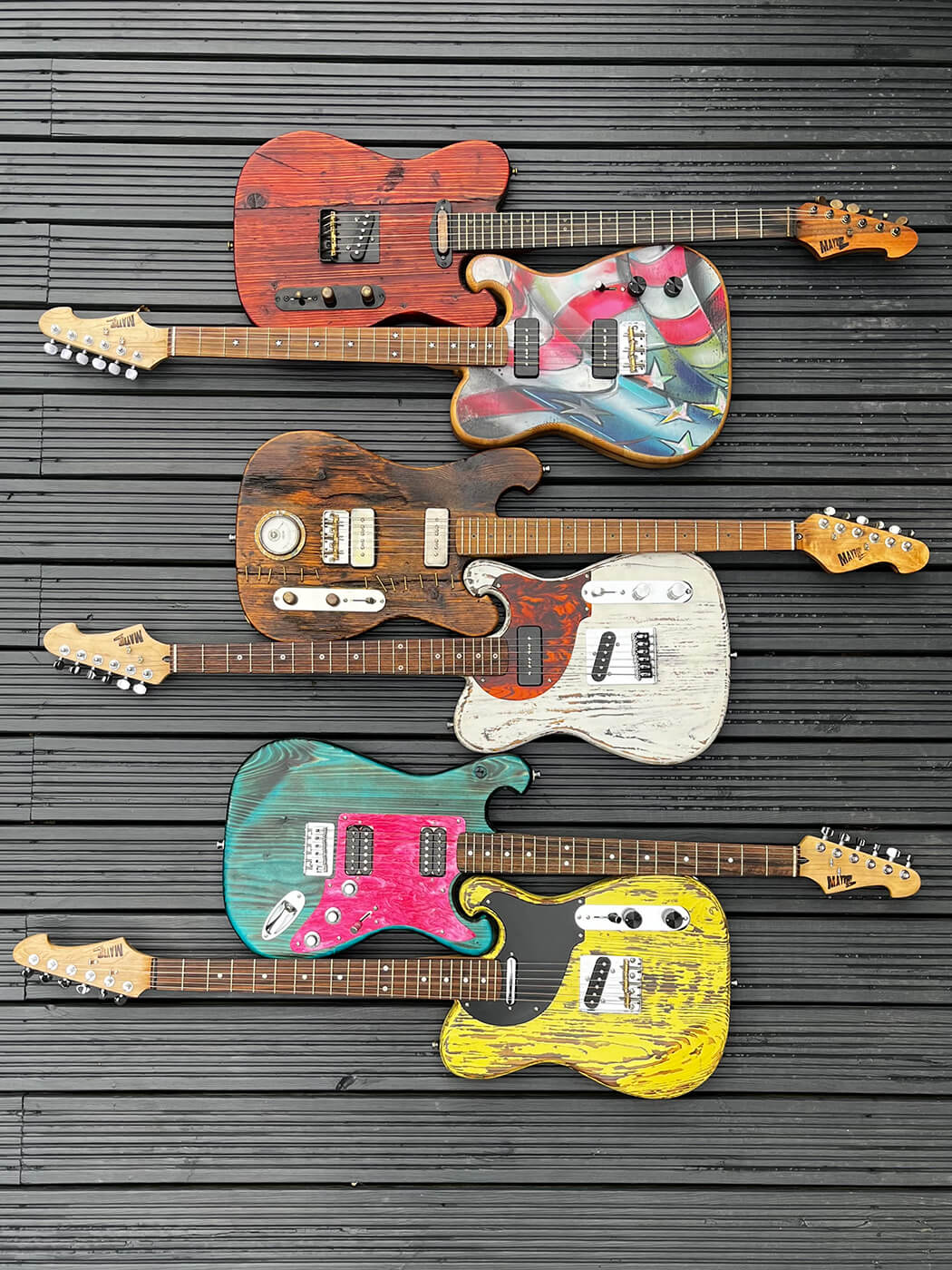
However, as Rosenkranz explained, the new materials that she and other experimental designers are using do sound foreign and hard to comprehend. However, manufacturers in other industries have allowed consumers to embrace similar materials, so why can’t she?
“There are companies that make mushroom leather for fancy handbags, and BMW uses flax seed for their dashboards – we would have never thought of that ten years ago! It’s not crazy anymore. It’s now scalable where it doesn’t have to be one of a kind, or an experiment. There are companies that exist that will be able to provide these bio-materials in a uniform way, and it can ensure some consistency. Whereas before, it was all very unpredictable.”
Rosenkrantz makes it evidently clear that she knows her guitars aren’t going to be mass produced like a Fender or Gibson – instead they show people that even with the most unique and “out of the box” materials, anything is possible.
“There was a lot of interest in the mushroom guitar – but it doesn’t mean that people are ready to buy it. We are in that zone where people in their hearts are there, but its making that jump where it’s radically different.”
Blackbird’s Luttwack take a fascinating stance on this issue, and proudly establishes that Ekoa provides players an option that is not only an alternative to wood, but is better than wood.
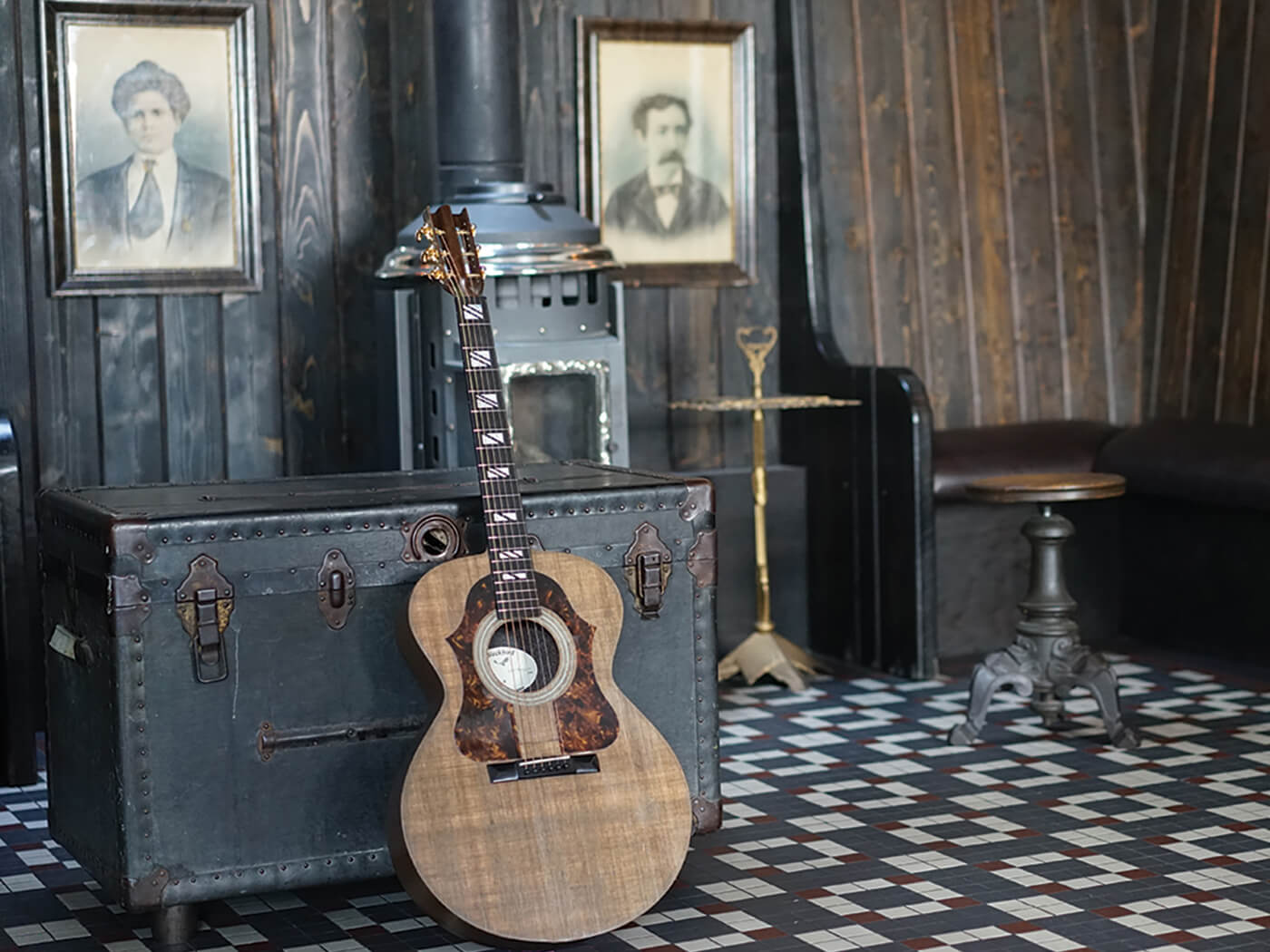
“Our focus with Ekoa is that people are making their choice based on fundamental tone performance and strength. It just happens to be that people are using materials that are rapidly sustainable and renewable.”
“A big part of maintaining a customer base when dealing with sustainable alternatives to wood, is just showing that you can beat the sound of wood. Guitarists are traditional, they like the traditional woods and construction, and traditional companies, and trying to get them outside of that bubble to get them to look at new things is difficult.”
For Blackbird, there is certainly a difference in their approach. Unlike Rosenkranz, there is an aim to be mass market; an aim to level up to the manufacturing giants; to show that sustainability without compromise is not just an ambition, it’s a reality.

Sustaining the change
Ensuring that guitar players and enthusiasts try sustainable guitars is one thing, but sustaining this move is another. Despite the three manufacturers’ differences, there was one core thing they all agreed on: the younger generations will enable sustainable guitars to become mainstream.
“The young generation where we need to be looking as an industry,” declares Maybury Guitars’ Snelling. “They are more aware of the environment and the impact we all have on that. It’s of course a vast sweeping statement but the older generation of guitar players can be more set in their ways.
“Clearly we need to start at the ground level with the younger people coming through and educate them that there are other more sustainable instruments out there,” he admits. “I genuinely hope more of the younger generation can be more on board with sustainable instruments.”
It may be a sweeping statement, but it’s not an illogical one. Considering the ways that Gen Zs and Millennials alike are vocal with their want to help the planet, such as reducing plastic consumption in a variety of ways and continuing to push authoritative bodies, it isn’t a bad place to begin.
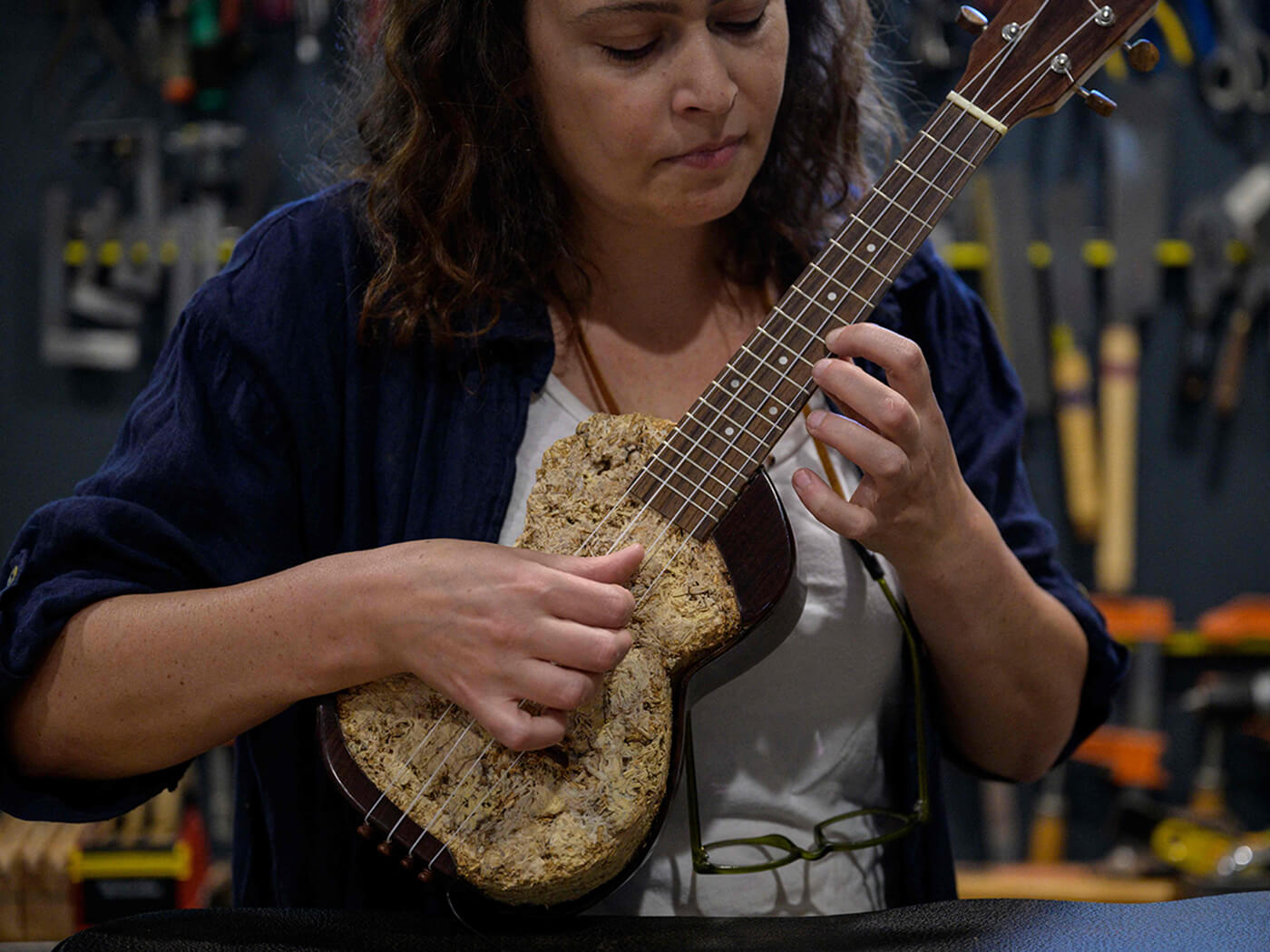
“For the older generation, less bad is great, whereas for the younger, less bad is still bad,” agrees Rosenkrantz. “I think the awareness is there from both generations, but being proactive is different. Not that the older generation isn’t doing the right thing, but there’s even more proactivity seen from younger people.”
“I understand the backlash against change, guitars are the way they are for a reason. But also, it’s time to explore more. When was the last time the guitar truly changed, apart from becoming electric?”
While Blackbird sees the importance of encouraging the younger generations to buy their instruments, they want to continue showing people of all generations that guitars made out of something that isn’t wood, could be the future.
“So far the customers seem to be buying the instruments because they love the longevity of it,” explains Annie Lirio-Mayari, office manager of Blackbird. “Knowing that a lot of them who live in a high humidity area don’t have to worry about their instruments warping, or being damaged when they travel. Many of them come to us with durability in mind, so we really do tick all the boxes!”
It’s heartening to know that consumers are reaching out to manufacturers such as Blackbird not because they are a sustainable company, but because they make strong, long lasting, and beautiful sounding instruments.
“We’re always hoping that what we’re doing is inspirational and that it’s possible that we don’t have to approach the problems of the guitar world by creating more problems,” she continues. “Before we made Ekoa, there were no examples of high-quality instruments on the market that were not made out of old growth wood.”
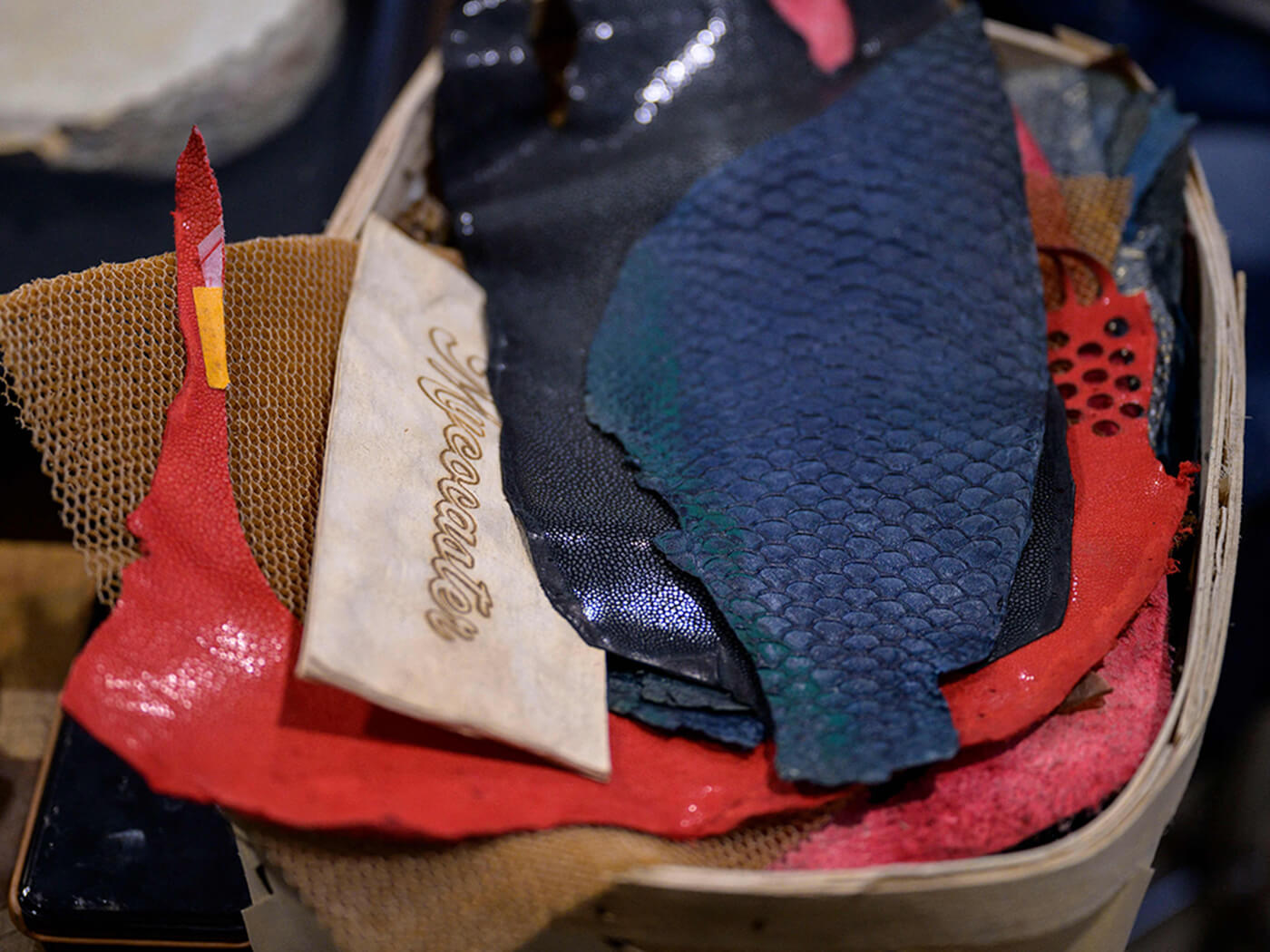
All three of the manufacturers, Blackbird, Maybury Guitars, and Rachel Rosenkrantz have displayed determination and perseverance in a world that has “stuck to what they know” for centuries. They may be diverse in their approaches, but it is emblematic of the breadth of possibilities for the guitar world, from creating new materials, embracing unique ones, and reusing what is around you.
Considering the influence that the giants of the guitar world have in this industry, exotic and endangered tone wood guitars are not going anywhere any time soon. However, the manufacturers of tomorrow have shown that you can care for the planet and continue having a passion for guitars, without compromise.
